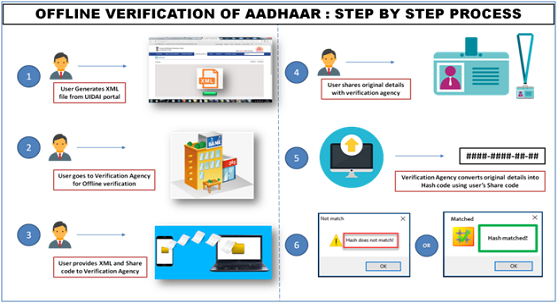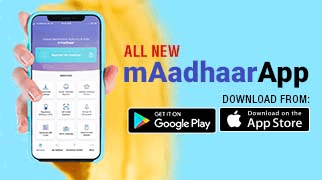Aadhaar Usage
Aadhaar Usage
Reference
- White Paper on Aadhaar Enabled Service Delivery
- UID and PDS
- UID and Education
- UID and Public Health
- UID and MGNREGA
- Envisioning a role for Aadhaar in the Public Distribution System
- Interim Report of Task Force on Direct Transfer of Subsidies
- Social Inclusion and Aadhaar Introduction & Concept Paper (http://uidai.gov.in/images/concept_paper_social_inclusion.pdf)
- Advancing Development Agenda with Aadhaar - English Version
- Advancing Development Agenda with Aadhaar - Hindi Version
- Aadhaar - A Digital ID for Digital India
This content requires to be thoroughly reviewed. This page intend to provide information about various Aadhaar based developmental and public beneficial initiatives and programs. For example brief summary of various Aadhaar based benefits can be given here. The following content is drawn from the documents available in the current websit in UID Document page.
Aadhaar Enabled Usages
While Aadhaar system itself is a minimalistic unique identity platform, innovations using Aadhaar will happen in other systems that take advantage of Aadhaar. Agencies implementing various service and benefit delivery programs should look for opportunities to reengineer those programs using Aadhaar. Instead of imitating current paper processes in electronic form, applications should look to embrace Aadhaar for its uniqueness and permanency, go fully online, adopt mobile as the primary interface, and use Aadhaar authentication and e-KYC services to transform the processes completely. (Aadhaar technology strategy)
UID and Education
Under the Right of children to free and compulsory education act, all children between the ages of 6 and 14 have the right to a free and compulsory education at a neighborhood school. If UIDs were given to children at such a young age, it would be beneficial to them as well as the education system at large. It would be possible to find children who are outside the purview of the education system. Having a UID from a young age tracks the child through their entire life. This makes it easy to monitor the patterns of dropping out of school. Presently, the problem of inflated enrolments is one that plagues the education system. This means that children will often be enrolled at multiple schools and fictitious children will be enrolled at schools. This leads to a disproportionate division of resources such as mid day meals, books, scholarships and more. More importantly, it gives a distorted picture of the achievements of various programs. If UIDs were given to children, this problem of multiple enrollments and ghosts would be removed. UIDs for children would lead to more effective planning when it comes to schools, teachers and other logistics.
UID and Public Health
Public Health in India needs its rural and urban healthcare systems to be based on the target population that is being attempted to be covered by them. They also need to be able to track various health conditions and monitor their morbidity and mortality. Currently, this data is being captured by infrequent national or state surveys. If the Public Health system integrated UID within it, they would more easily be able to collect data. This would lead to reports about the prevalence of various routine diseases and greater preparedness to respond to unforeseen epidemics. The Rashtriya Swasthya Bima Yojana intends to eventually provide in some form or other in partnership with states, the country’s entire population with insurance coverage. UID partnered with this scheme will lead to an improvement in the efficiency of health information systems.
UID and Public Distribution System
The Public Distribution System is a strategy for poverty eradication that offers food grains and other essential items at subsidized prices. It serves as a safety net for the poor and has establishes lakhs of fair price shops to this end. However, there are certain problems when it comes to the implementation of PDS. Beneficiaries aren’t always targeted efficiently and subsidies have often been found to be leaking. There is a gap between the subsidies allocated for the poor and the subsidies that actually reach the poor. This gap occurs because of bogus ration cards which don’t belong to below poverty line (BPL) families, shadow cards that belong to BPL families but are being used by someone else and errors in categorization of which families are APL and which are BPL. Several families that are below the poverty line have not been registered for ration cards. This leads to subsidies not reaching the people they are intended for. There is a lack of transparency and grievance redressal mechanisms for the beneficiaries who are being denied the food grains they are entitled to.
UID can help the PDS when it comes to these issues. Using biometrics and by offering a completely unique number to each resident, bogus cards and shadow cards can be eliminated. If a Point of Sale system is established and every fair price shop is equipped with a fingerprint reader, this would make sure that only the people who are entitled to subsidies are getting them. It can also provide a mechanism that confirms that individual beneficiaries have received their subsidized gods on a monthly basis. The computerization of PDS will lead to a beneficiary database that lists which residents are BPL and which are APL. This will improve the ability to identify the beneficiaries efficiently.
UID and NREGS
The National Rural Employment Guarantee Scheme was launched in 2006 and it attempts to transform the rural economy through legally guaranteed employment for up to 100 days per household. NREGS suffers from the challenges of corruption and diversion of funds. UID possesses the power to eliminate financial exclusion, enhance accessibility, and uplift living standards of the poor. The ability of UID to positively establish and authenticate the identity of every individual can overcome many of the challenges faced by targeted benefit programs. NREGS can incorporate the UID number and it’s method of authentication into its beneficiary interactions. UID uses Know Your Customer fields which makes it easier to open a bank account which it turn increases the ease of paying wages through NREGS. Officials often underpay their workers by claiming that they worked fewer hours. The system of UID authentication when introduced at the site of work can ensure that there is a match between the hours of work claimed by the worker and the official supervising the site. Also, once each citizen in a job card needs to provide his UID before claiming employment, the potential for ghost or fictitious beneficiaries is eliminated. Using UID’s method of authentication in NREGS should increase transparency.
UID and Direct Transfer of Subsidies on Kerosene, LPG and Fertilizer
The direct transfer of subsidies consists of a Core Subsidy Management System (CSMS). While the CSMS automates all business processes related to direct subsidy transfer. The CSMS would maintain the subsidy accounts of all beneficiaries, and all policies related to subsidy management. The CSMS would be capable to support all forms of direct transfers of subsidies such as non-cash transfers, conditional cash transfers, direct cash transfers, etc. This direct transfer can take place through Aadhaar. It is through one’s Aadhaar number, its authentication mechanism and Aadhaar enabled bank accounts that this takes place. The challenge with such a system of direct transfer is ineffectively targeting beneficiaries. This challenge is manifested in two ways- through inclusion and exclusion. Inclusion is when people who aren’t beneficiaries are included and exclusion is when people who are entitled to the subsidy aren’t given access to it. The latter can happen for several reasons including a lack of awareness about the scheme, not having the necessary documentation or belonging to a socially disadvantaged community that is discriminated against. However, with Aadhaar, demographic and biometric data as well as the Aadhaar number itself can be used for authentication. The subsidy is directly transferred to one’s Aadhaar enabled bank account. The uniqueness of the number also eliminates errors of inclusion and exclusion. Aadhaar will also help the beneficiary verify their identity anytime and anywhere. This means that they can confirm receipt of the subsidy and access the benefits they’re entitled to even when they migrate. This prevents leakages and reinforces a sense of transparency and accountability.


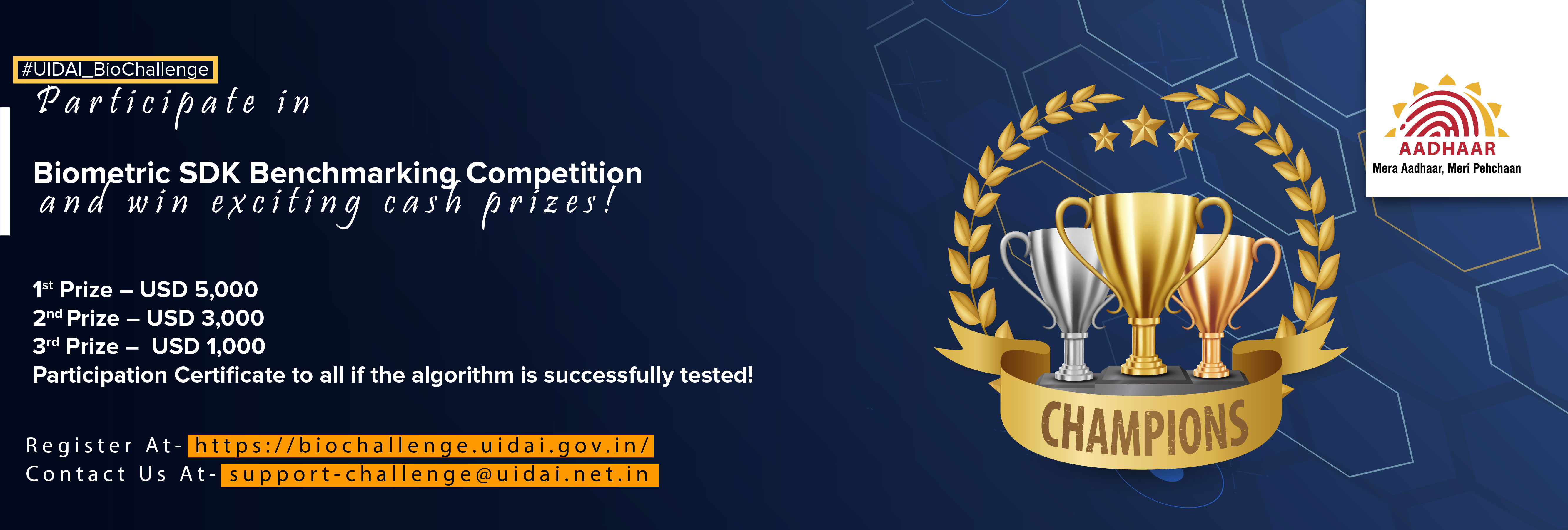
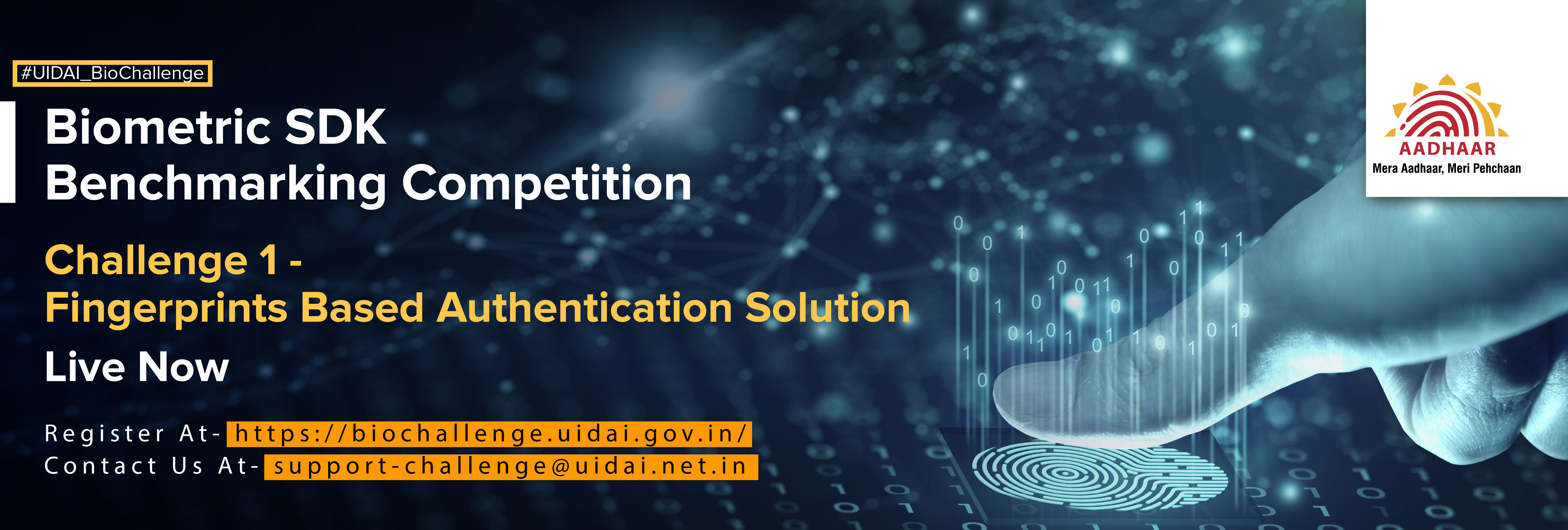
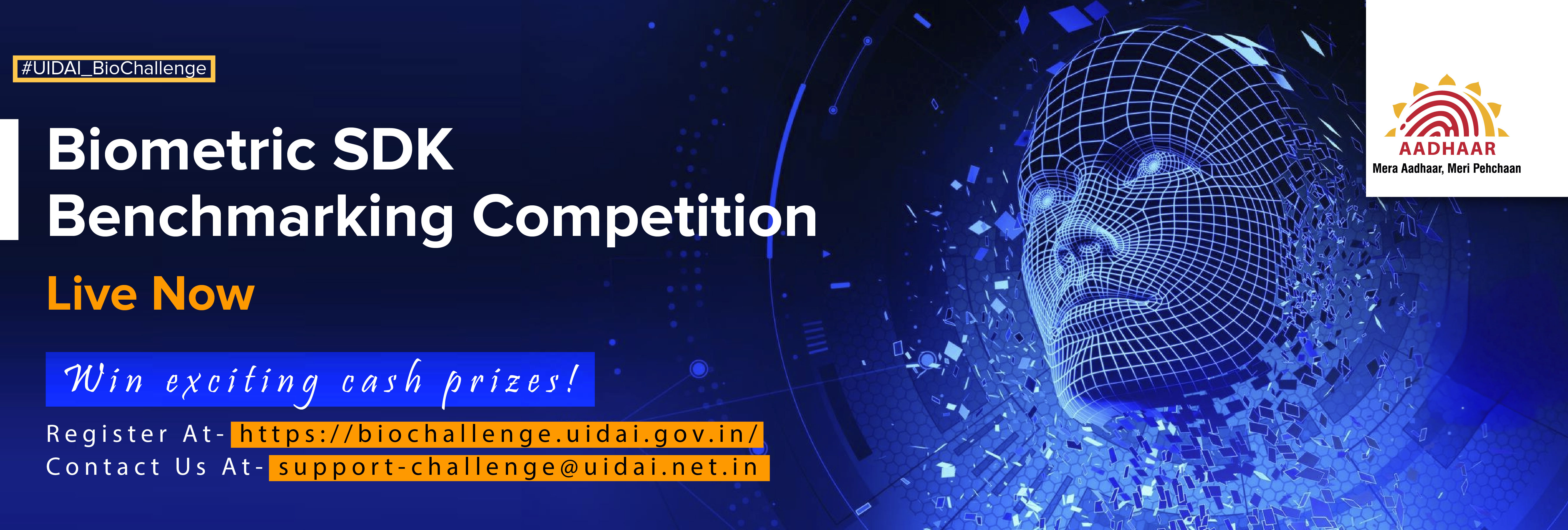
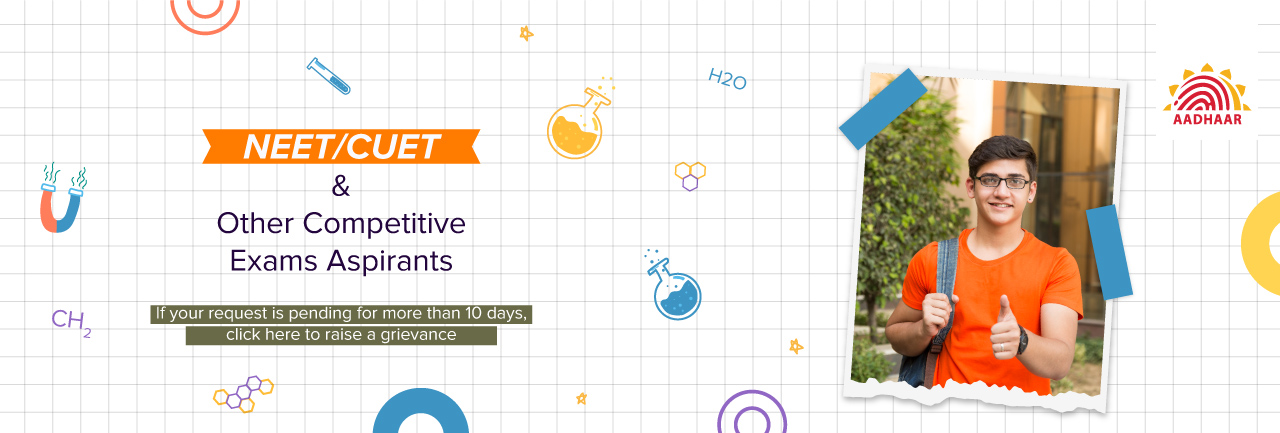


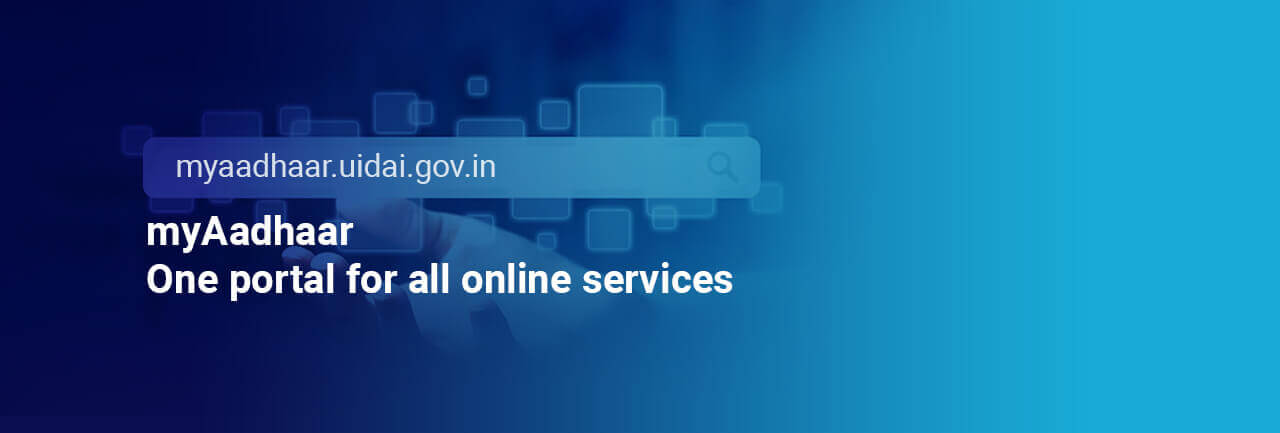





 play_circle_outline
play_circle_outline
 play_circle_outline
play_circle_outline
 play_circle_outline
play_circle_outline
 play_circle_outline
play_circle_outline
 play_circle_outline
play_circle_outline

